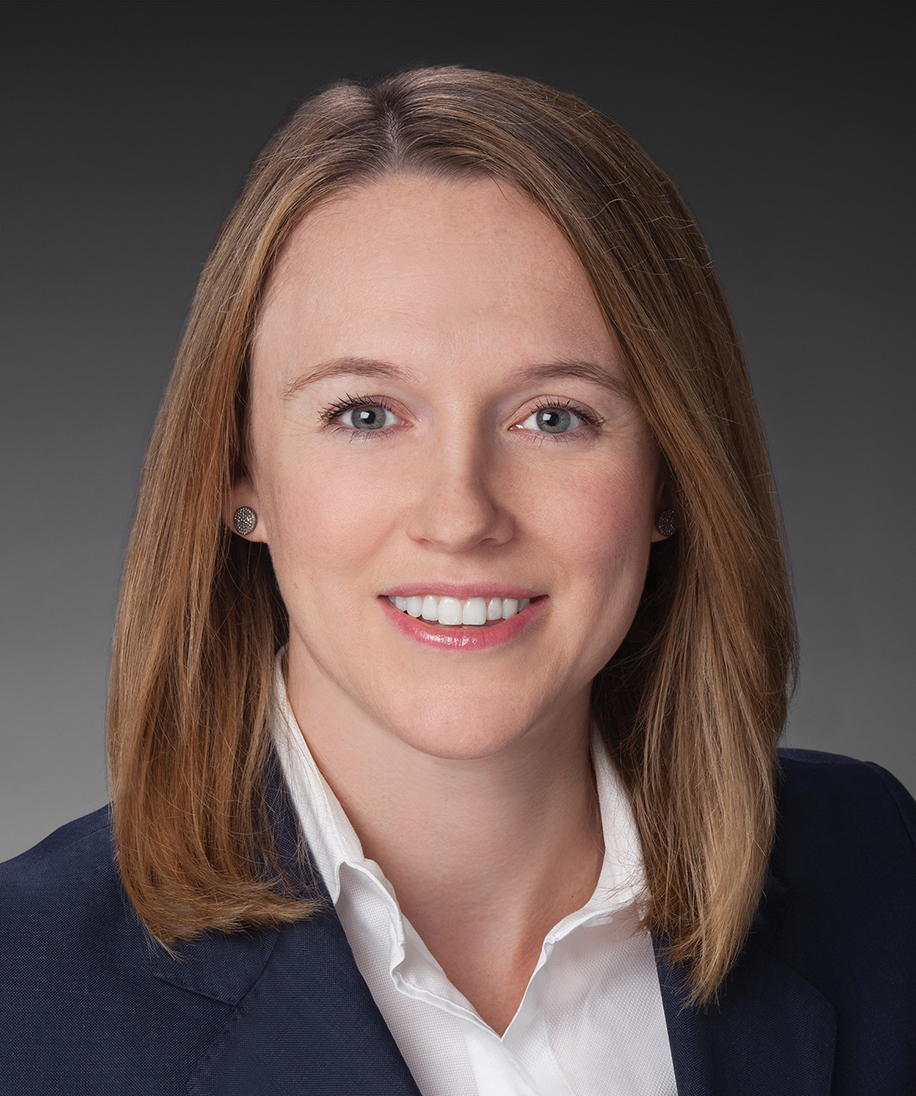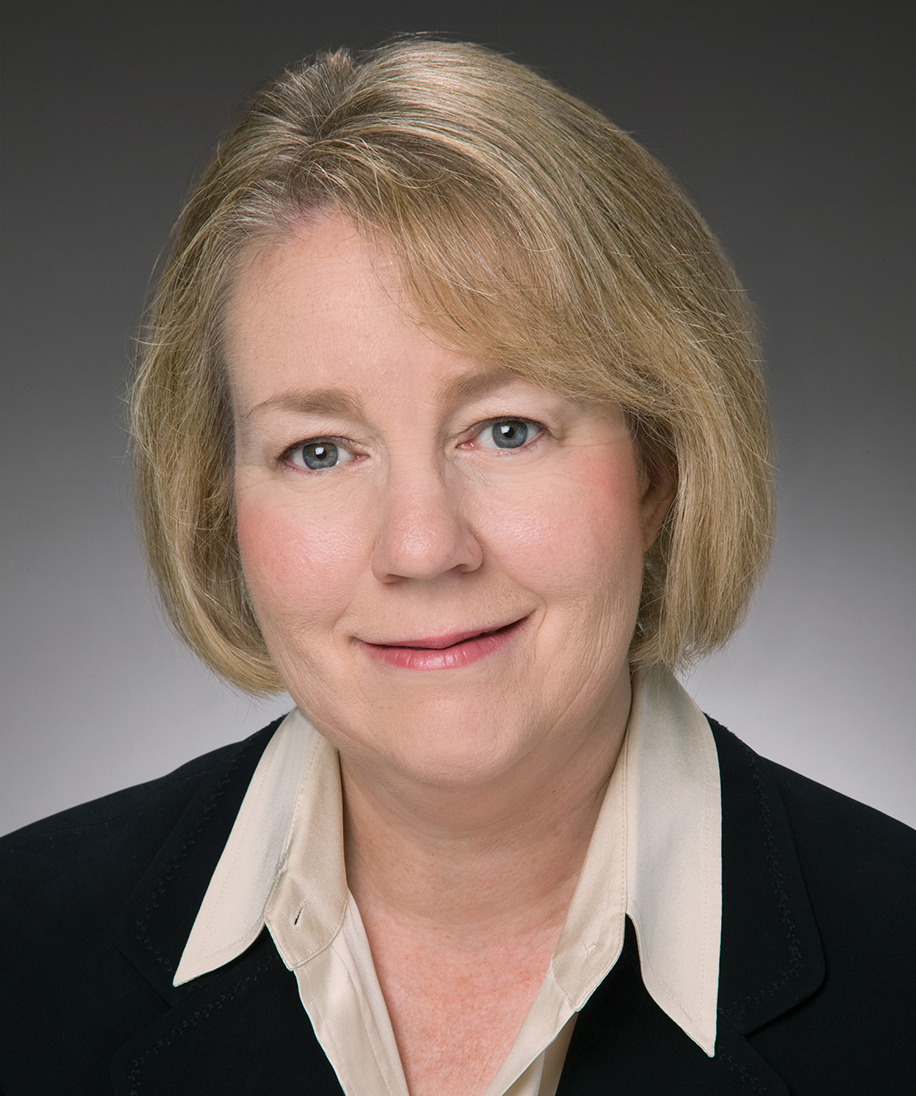Client Alert
California Amends and Clarifies Paid Sick Leave Law
July 17, 2015
By Ryan Hess, Zach Hutton & Kirby Wilcox
Effective July 13, 2015, California amended various provisions of the California Healthy Workplaces, Healthy Families Act (“HWHFA”) (Cal. Lab. Code § 245 et seq.) by enacting AB 304. AB 304 provides employers with improved options regarding the pay rate for paid sick leave and paid sick leave accrual methods. We summarize those changes and others below, and we discuss steps employers should take following AB 304’s enactment.
AB 304 Expands and Improves the Rate of Pay Options
The HWHFA originally contained an onerous pay requirement for employees paid by piece rate, commissions, multiple hourly rates, or as salaried non-exempt. If an employee received any of those forms of pay during the 90 days before taking paid sick leave, the original HWHFA required the employer to divide the employee’s total wages (excluding overtime premium pay) by the employee’s total hours worked in the full pay periods of the prior 90 days of employment.
AB 304 now provides the employer with simpler rules for non-exempt and exempt employees. However, for some employers, the amendments may necessitate changes to paid sick leave rates for non-exempt employees who do not receive piece rates, commissions, multiple hourly rates, or salaries.
Options for non-exempt employees: Employers have two options for non-exempt employees.
First, an employer may calculate the paid sick time rate by dividing the employee’s total wages (excluding overtime premium pay) by the employee’s total hours worked in the full pay periods of the 90 days of employment before the employee took paid sick leave. Cal. Lab. Code § 246(k)(2). This formula resembles the prior 90-day calculation and allows employers that already programmed the calculation to use it.
Second, an employer may pay the sick leave at the employee’s regular rate of pay (i.e., the pay rate used to calculate overtime premiums) for the workweek in which the employee took paid sick leave. Cal. Lab. Code § 246(k)(1). This option is available regardless of whether the employee worked overtime during the workweek in which he or she took paid sick leave. Id. This option may be simpler for many employers, because it allows the employer to utilize regular rate calculations that its payroll systems already are programmed to perform for overtime purposes.
Rule for exempt employees: The employer must pay the sick leave in the same manner as the employer pays other forms of paid leave time (e.g., continuing the employee’s salary while on leave). Cal. Lab. Code § 246(k)(3).
AB 304 Gives Employers Additional Options for Paid Sick Leave Accrual and Lump Sum Mechanisms
The HWHFA originally provided employers with three options for providing employees with paid sick leave: (1) accrual of one hour of paid sick leave for every 30 hours worked; (2) using an existing paid time off or paid sick leave policy provided it met certain conditions; and (3) a lump sum method. AB 304 adds three more alternatives that complement these existing options.
Existing accrual based on hours worked: Employers may allow employees to accrue one hour of paid sick leave for every 30 hours worked. Cal. Lab. Code § 246(b)(1).
New accrual on some other regular basis: An employer now also may meet its accrual obligations by using an accrual rate other than one hour of paid sick leave for every 30 hours worked, provided that the mechanism meets the following two requirements: (1) the accrual is on a “regular basis;” and (2) the employee “has no less than 24 hours of accrued sick leave or paid time off by the 120th calendar day of employment or each calendar year, or in each 12-month period.” Cal. Lab. Code § 246(b)(3). This option is designed to accommodate accrual systems that award paid sick leave or other time off by pay period or some other regular basis other than hours worked.
Existing compliant paid leave or paid time off policy: An employer with an existing paid leave policy or paid time off policy may use that system to meet its HWHFA requirement so long as: (1) an employee can use the leave for the same purposes and under the same conditions as HWHFA paid sick leave; and (2) the policy complies with the HWHFA’s accrual, carryover, and use requirements. Cal. Lab. Code § 246(e)(1).
New grandfathered paid sick leave or paid time off policy: AB 304 adds a grandfather clause for employers who provided paid sick leave or paid time off to a class of employees before January 1, 2015. Cal. Lab. Code § 246(e)(2). This provision covers employees hired into the class after January 1, 2015. Id.
Under this option, the employer satisfies its HWHFA obligations if: (1) the preexisting accrual is on a “regular basis;” (2) the employee has no less than one day or eight hours of accrued sick leave or paid time off within three months of employment of each calendar year, or each 12-month period; and (3) the employee was eligible to accrue at least three days or 24 hours of paid sick leave or paid time off within nine months of employment. Cal. Lab. Code § 246(e)(2). However, if an employer changes the “accrual method” established before January 1, 2015, the employer will be required to (1) comply with one of the accrual methods in section 246(b); or (2) provide the “full amount of leave” (defined as three days or 24 hours) at the beginning of each year of employment, calendar year, or 12-month period. Id. This rule does not prevent an employer from increasing the “accrual amount or rate” for a class of employees. Id.
Existing lump sum method: An employer may advance an employee three days or 24 hours of paid sick leave at the start of each year of employment, calendar year, or other 12-month period. Cal. Lab. Code § 246(d). An employer that selects this method is relieved of the carryover requirements. Id.
New lump sum alternative for new employees: AB 304 provides employers with a modified lump sum option for new employees. Under section 246(b)(4), an employer may satisfy its HWHFA obligations by providing not less than 24 hours or three days of paid sick leave that is available to the employee to use by the completion of his or her 120th calendar day of employment. Cal. Lab. Code § 246(b)(4). This rule allows an employer to provide employees with three days or 24 hours of paid sick leave once the employee reaches 120 days of employment and then follow the usual lump sum system after the employee finishes his or her first calendar year or 12 months of employment. See id.; see also id. § 246(d).
Regardless of the method selected, an employer still may limit an employee’s sick leave use to three days or 24 hours per year of employment, calendar year, or 12-month period. Cal. Lab. Code § 246(d).
AB 304 Makes Various Other Clarifications
Wage statements: AB 304 modifies the wage statement requirements in section 246(h) in two ways. First, AB 304 confirms that, if an employer provides unlimited paid sick leave or unlimited paid time off, the employer may satisfy its wage statement requirements by indicating on the wage statement (or other contemporaneous notice) that the time off is “unlimited.” Cal. Lab. Code § 246(h). Second, AB 304 delays the implementation of the wage statement requirement for employers in the broadcasting and motion picture industries to January 21, 2016. Id.
Time worked in California before paid sick leave entitlement arises: The HWHFA originally provided that an employee who worked in California for 30 or more days within a year is entitled to paid sick leave. AB 304 clarifies that an employee must work “for the same employer” during the 30 days. Cal. Lab. Code § 246(a).
Recordkeeping modifications: The HWHFA requires an employer to keep records of hours worked and paid sick days accrued and used for three years. Cal. Lab. Code § 247.5(a). AB 304 amends the HWHFA to state that an employer “is not obligated to inquire into or record the purposes for which an employee uses paid leave or paid time off.” Id. § 247.5(b).
This amendment impacts, for example, the DLSE’s rule that an employer must track whether an employee subject to an unlimited time off policy takes time off for sick leave purposes or other purposes. DLSE FAQs (Feb. 2015) (“Most employers with [an unlimited time off policy] do not track how much time employees take off or for what reason. However, the new law requires that employers separately track sick leave accrual and use.”). The DLSE’s guidance now conflicts with the HWHFA.
Clarification regarding time paid out at termination, resignation, or separation of employment: The HWHFA does not require an employer to pay out sick leave upon separation of employment, but it does require the employer to reinstate the employee’s previously accrued and unused paid sick leave if the employee is rehired within one year from the date of separation. Cal. Lab. Code § 246(f)(1)-(2). AB 304 clarifies that an employer need not reinstate an employee’s paid time off if the employer paid the employee for that paid time off upon separation of employment. Id. § 246(f)(2).
Expanded exemption for certain construction industry employees: The HWHFA provides an exemption for construction industry employees covered by a collective bargaining agreement that meets various requirements. Cal. Lab. Code § 245.5(a)(2). The HWHFA originally defined an “employee in the construction industry” as an employee rendering “onsite” work associated with construction. AB 304 eliminates the “onsite” requirement from the definition of an “employee in the construction industry,” thereby expending this exemption’s applicability. Id.
Special exemption for certain state employees: AB 304 exempts state employees who receive sick leave benefits pursuant to certain California Government Code sections or a collective bargaining agreement that incorporates or supersedes those paid sick leave requirements. Cal. Lab. Code § 246(e)(3).
Special exemption for certain CALPERs retired annuitants: AB 304 excludes employees of a public entity if the employee is receiving a retirement allowance. Cal. Lab. Code § 245.5(a)(5). This change prevents a conflict between the HWHFA and the CALPERs system, which provides that a retried annuitant’s benefits eligibility can change if the individual returns to work and receives compensation other than his or her pay.
Employers Should Take Four Steps Following AB 304’s Enactment
Employers should take at least four steps following AB 304’s enactment.
First, employers should review their paid sick leave policy (or paid time off policy if the employer is using it to satisfy its HWHFA obligations) for HWHFA compliance. If an employer changes the accrual rate or other HWHFA information required to be listed on the DLSE’s 2810.5 notice, the employer must issue timely updated notices.
Second, if an employer elects to use the regular rate of pay method for non-exempt employees, it should ensure that its regular rate calculations comply with all applicable rules.
Third, employers with employees in San Francisco and Oakland should review their policies for compliance with the local ordinances that differ from the HWHFA.
Fourth, employers should watch for additional guidance from the DLSE regarding AB 304. The DLSE’s website states that it is reviewing AB 304 and that it plans to issue updated guidance “soon.” The DLSE has not provided a precise timeline.
***
Contributors



Practice Areas
For More Information


